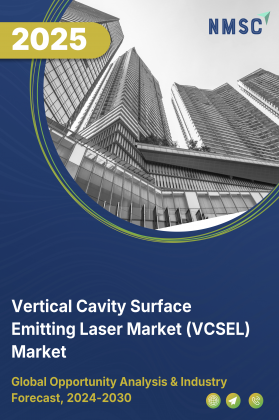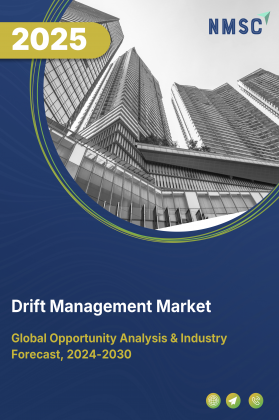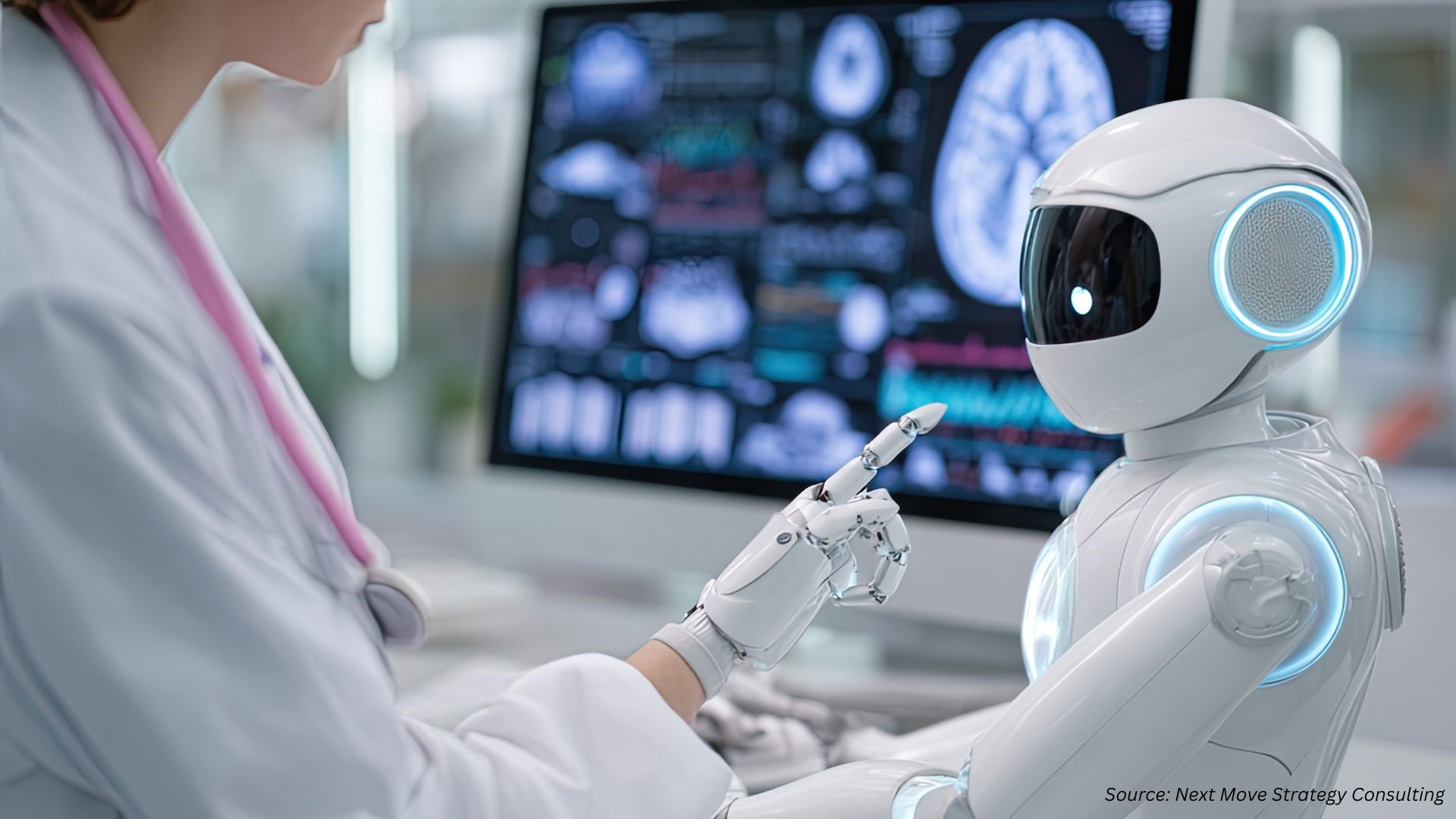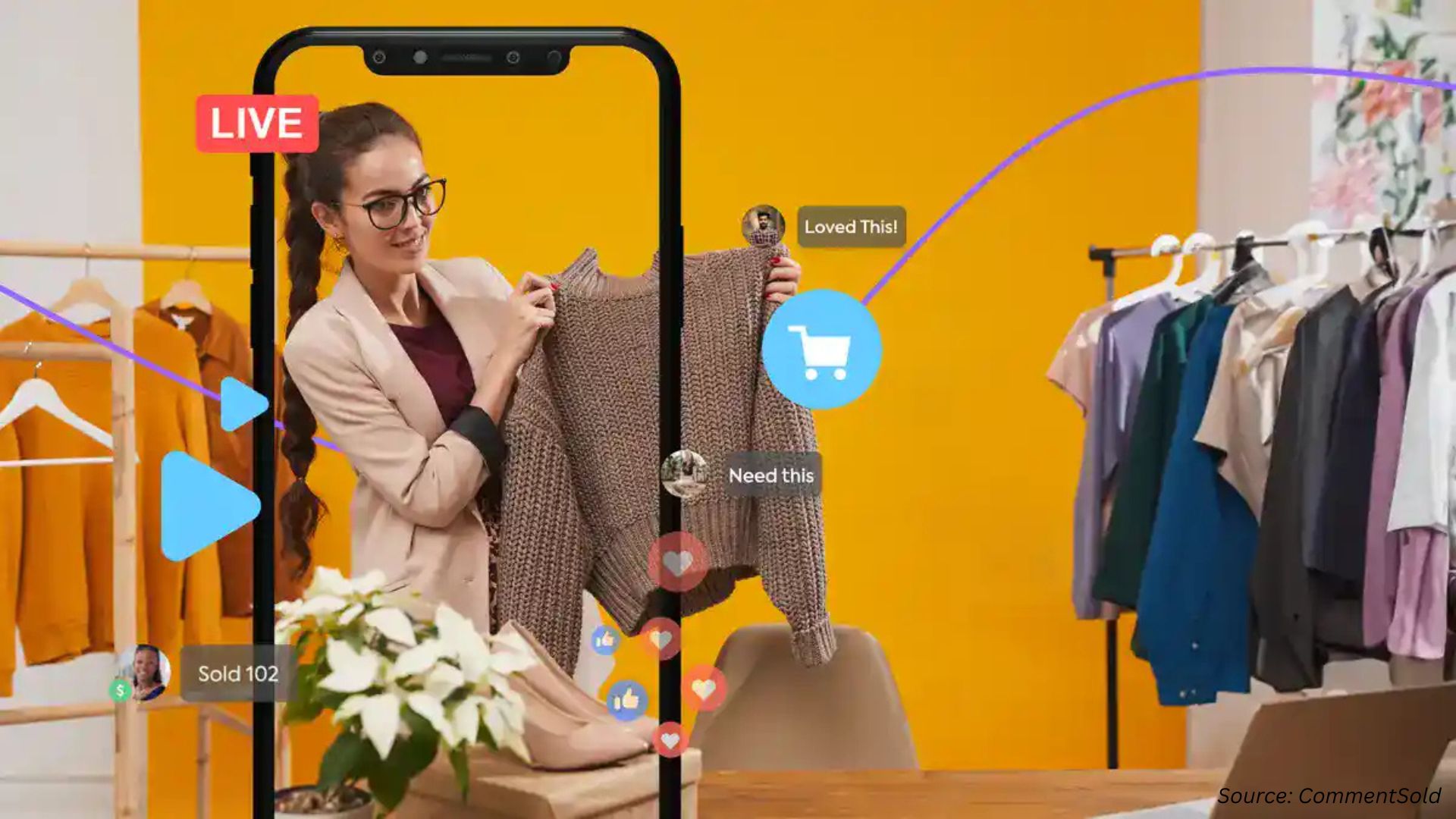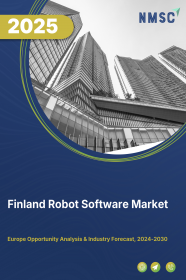
Finland Robot Software Market by Software Type (Simulation Software, Navigation and Mapping Software, Data Management and Analysis Software, Vision and Recognition Software and Others), by Robot Type (Industrial Robots, Service Robots, and Others), by Deployment Mode (On-Premise, Cloud-Based, and Others), by Enterprise Size (Large Enterprises, and SMEs), by End-User Industry (Manufacturing, Automotive, and Healthcare & Life Sciences) – Opportunity Analysis and Industry Forecast, 2024–2030
Industry: ICT & Media | Publish Date: 14-Jul-2025 | No of Pages: 196 | No. of Tables: 130 | No. of Figures: 75 | Format: PDF | Report Code : IC2395
Finland Robot Software Market Overview
The Finland Robot Software Market size was valued at USD 86.4 million in 2023, and is expected to reach USD 441.2 million by 2030, with a CAGR of 25.2% from 2024 to 2030. Robot software comprises a suite of programs and algorithms tailored to supervise and manage the operations of robots or robotic systems across various industries, including logistics, manufacturing, entertainment, healthcare, and more. Its functionality encompasses several crucial components. Firstly, it coordinates and manages the movements and behaviors of robots, ensuring precise and efficient task execution by issuing detailed commands to robotic components such as motors and actuators.
Additionally, robot software plays a critical role in interpreting data from various sensors embedded within robots, including cameras, Light Detection and Ranging (LIDAR) sensors, and tactile sensors. This data interpretation provides essential environmental feedback that enables robots to accurately perceive and understand their surroundings. An integral aspect of robot software is its ability to make intelligent decisions using artificial intelligence (AI) and machine learning (ML) algorithms. Through the analysis of data from sensors, adherence to predefined rules, or learning from past experiences, robots can adapt to changing conditions, allowing them to operate autonomously and adjust their actions in real-time.
Furthermore, robot software facilitates communication and networking among robots, enabling collaboration for complex tasks or data exchange with a central control system. This interconnectedness facilitates synchronized operations in industrial environments, leading to enhanced efficiency and productivity.
Accelerating Digitalization and Industry 4.0 Initiatives
Finland’s strong national push toward digitalization and Industry 4.0 transformation is a major driver of robot software market growth. Government-backed initiatives such as “AI Finland,” investments under the EU’s Horizon Europe program, and widespread adoption of smart manufacturing technologies have created a fertile environment for robotics and automation. Finnish industries are rapidly integrating intelligent software systems to optimize production, reduce human intervention, and improve traceability. Robot software that supports machine-to-machine communication, predictive analytics, and real-time monitoring is seeing robust demand across sectors such as automotive, electronics, and forestry machinery.
Technological Synergies Between Robotics, AI, and 5G
Finland’s global leadership in 5G technology, paired with active AI and robotics R&D, is fostering powerful synergies that amplify robot software capabilities. Ultra-reliable low-latency communication (URLLC) enabled by 5G allows robots to function seamlessly in real-time networked environments, which is essential for fleet management, remote surgeries, and autonomous mobility. This infrastructure enables real-time cloud-based robotics software deployment, improving scalability, remote diagnostics, and coordinated robotic systems across distributed sites.
Skilled Workforce and Research Ecosystem Boost Software Innovation
Finland’s advanced education system and strong university-industry collaboration (e.g., VTT Technical Research Centre, Aalto University) have cultivated a highly skilled talent pool in AI, robotics, and embedded systems. This has led to increased development of niche and high-performance robot software solutions tailored to specific industrial and public-sector use cases, further strengthening domestic innovation capacity.
Complexity in Integration with Legacy Systems
Despite high readiness for automation, many Finnish SMEs and public-sector entities face challenges integrating robot software with existing legacy systems. Mismatched interfaces, outdated IT infrastructure, and insufficient internal digital capabilities can create bottlenecks in full-scale deployment. This complexity increases dependence on system integrators and elevates total cost of ownership (TCO), slowing down the adoption pace—especially in healthcare, utilities, and rural industries.
Rise of Robotics-as-a-Service (RAAS) and Platform-Based Software Offerings
The adoption of Robotics-as-a-Service (RaaS) is rapidly expanding in Finland, especially among SMEs and the public sector. This model provides bundled access to hardware, robot software, and analytics on a pay-per-use basis, eliminating large upfront costs. RaaS also allows companies to test and scale automation initiatives without full commitment, promoting experimentation and incremental digitalization. Software platforms offering modular upgrades, remote updates, and AI model retraining present recurring revenue opportunities for solution providers.
Competitive Landscape
Several key players operating in the Finland robot software industry include Visual Components, Omron, ABB Robotics, KUKA AG, Siemens AG, FANUC, RoboDK Global, ArtiMinds Robotics GmbH, NVIDIA Corp., Teradyne, Inc., Clearpath Robotics, IBM, Brain Corporation, Yaskawa Europe GmbH, Kemppi Oy Ab. These market players are adopting strategies to maintain their dominance in the market.
Finland Robot Software Market Key Segments
By Software Type
-
Simulation Software
-
Navigation and Mapping Software
-
Data Management and Analysis Software
-
Vision and Recognition Software
-
Communication Management Software
-
Predictive Maintenance Software
-
Fleet Management Software
-
AI and Machine Learning Software
-
Cybersecurity and Safety Software
-
Middleware and SDKs Software
-
Others
By Robot Type
-
Industrial Robots
-
Service Robots
-
Autonomous Mobile Robots (AMR)
-
Automated Guided Vehicles (AGV)
-
Surveillance & Security Robots
-
Customer Service & Hospitality Robots
-
Drones & Unmanned Aerial Vehicles (UAVs)
By Deployment Mode
-
On-Premise
-
Cloud-Based
-
Hybrid Deployment
By Enterprise Size
-
Large Enterprises
-
Small and Medium-sized Enterprises (SMEs)
By End-User Industry
-
Manufacturing
-
Automotive
-
Healthcare & Life Sciences
-
Retail & e-Commerce
-
Banking, Financial Services, and Insurance (BFSI)
-
Transportation and Logistics
-
Government and Defense
-
Aerospace
-
Hospitality and Entertainment
-
Energy & Utilities
-
IT & Telecommunications
-
Others
Key Players
-
Visual Components
-
Omron
-
ABB Robotics
-
KUKA AG
-
Siemens AG
-
FANUC
-
RoboDK Global
-
ArtiMinds Robotics GmbH
-
NVIDIA Corp.
-
Teradyne, Inc.
-
Clearpath Robotics
-
IBM
-
Brain Corporation
-
Yaskawa Europe GmbH
-
Kemppi Oy Ab
REPORT SCOPE AND SEGMENTATION:
|
Parameters |
Details |
|
Market Size in 2023 |
USD 86.4 Million |
|
Revenue Forecast in 2030 |
USD 441.2 Million |
|
Growth Rate |
CAGR of 25.2% from 2024 to 2030 |
|
Analysis Period |
2023–2030 |
|
Base Year Considered |
2023 |
|
Forecast Period |
2024–2030 |
|
Market Size Estimation |
Million (USD) |
|
Growth Factors |
|
|
Companies Profiled |
15 |
|
Market Share |
Available for 10 companies |
|
Customization Scope |
Free customization (equivalent up to 80 working hours of analysts) after purchase. Addition or alteration to country, regional, and segment scope. |
|
Pricing and Purchase Options |
Avail customized purchase options to meet your exact research needs. |





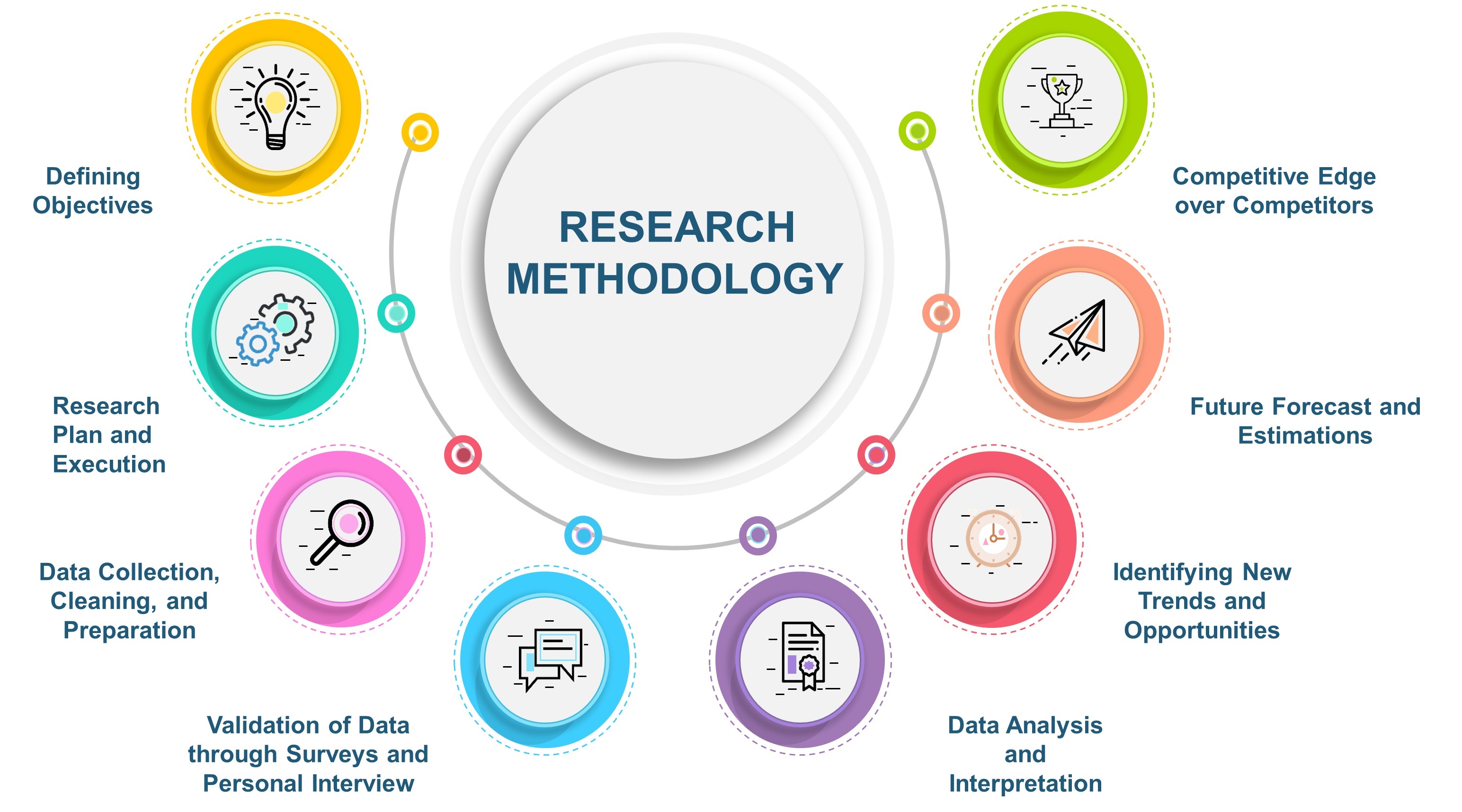
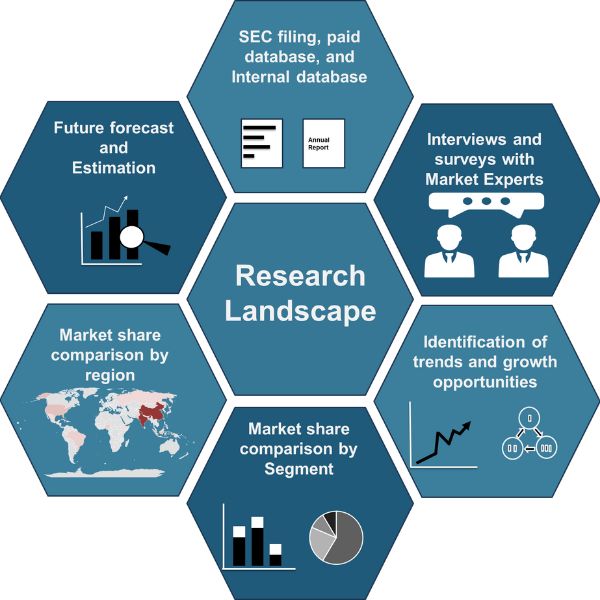
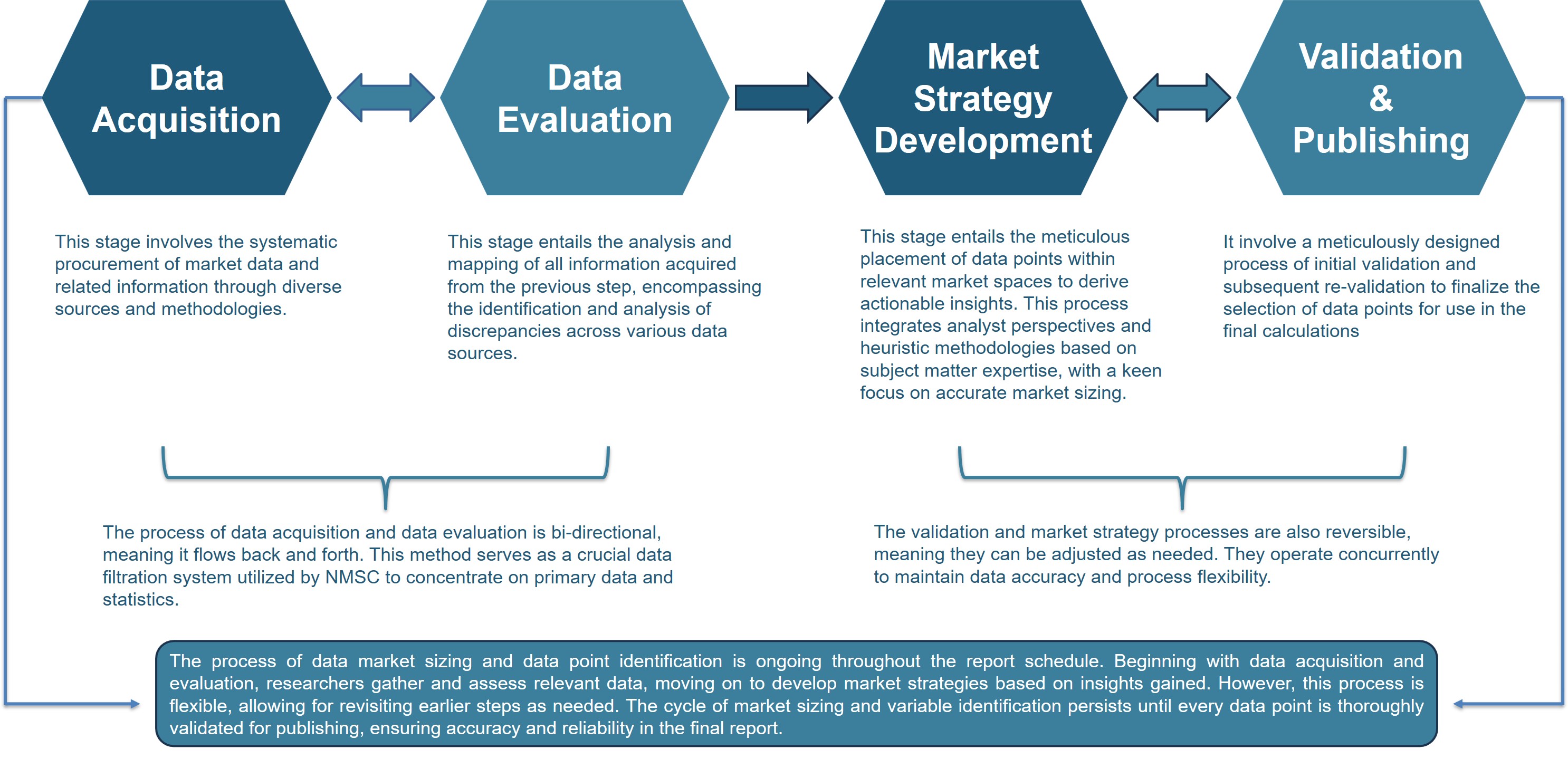
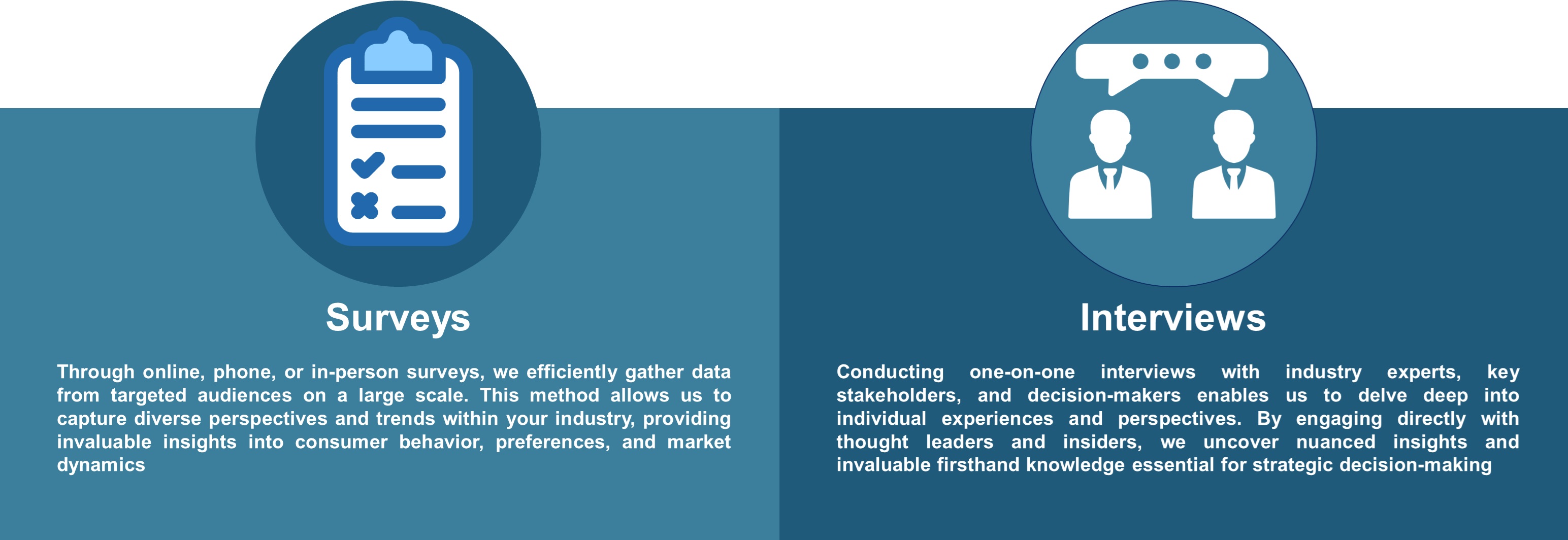



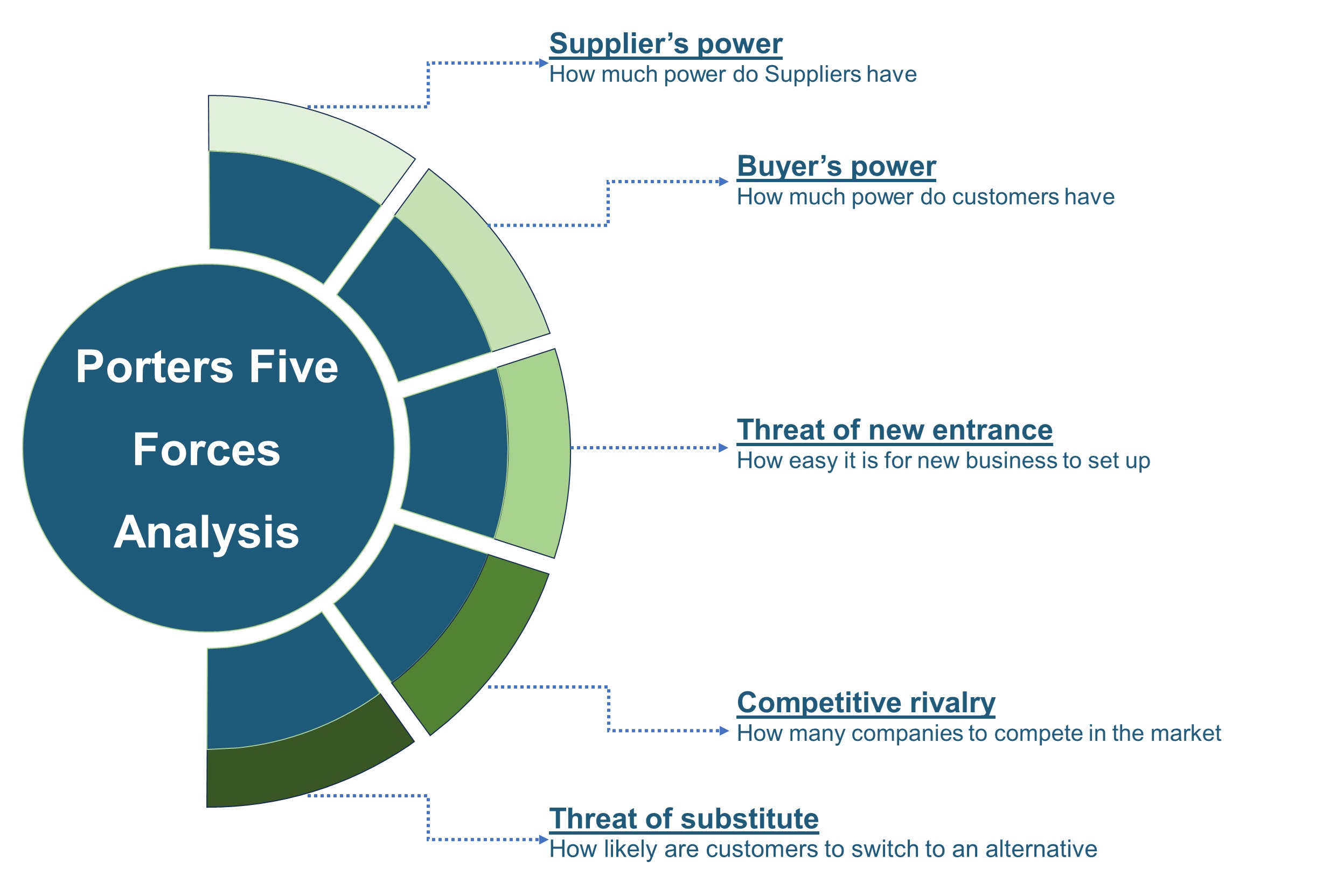







 Speak to Our Analyst
Speak to Our Analyst



